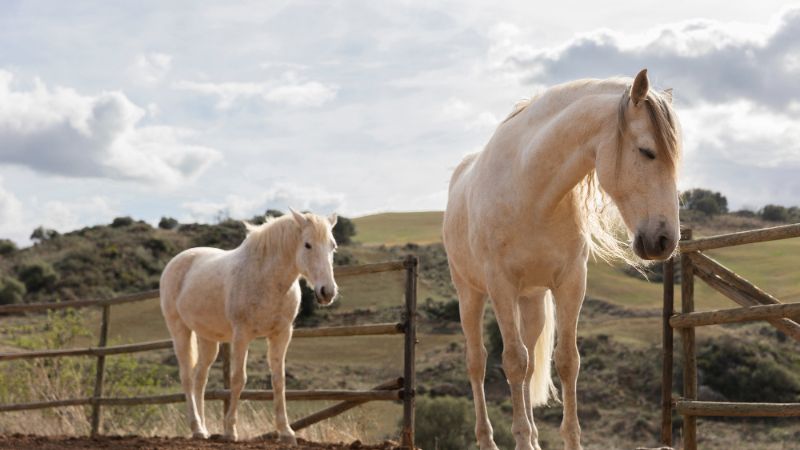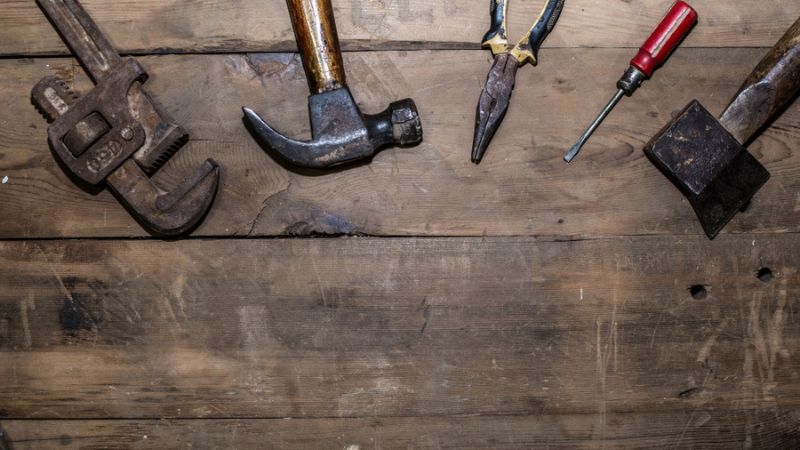Best Diet For Cutting Horse Performance – Nutrition plays a paramount role in the performance and well-being of cutting horses, highly-trained athletes prized for their agility and precision in equestrian competitions. Cutting, a discipline born from the necessity of cattle herding, demands intense bursts of speed, rapid changes in direction, and exquisite coordination between horse and rider. To achieve peak performance, cutting horses require a meticulously balanced diet tailored to meet their unique physiological demands.
This paper explores the intricate interplay between nutrition and cutting horse performance, aiming to provide a comprehensive guide to optimizing dietary practices for these elite athletes. By understanding the specific nutritional requirements of cutting horses, as well as the key components of an effective diet, owners and trainers can enhance their horses’ physical conditioning, stamina, and overall performance. From the quality of forage to the timing of meals and hydration strategies, every aspect of the cutting horse’s diet contributes to their ability to excel in the arena.
Best Diet For Cutting Horse Performance
High-Quality Forage:
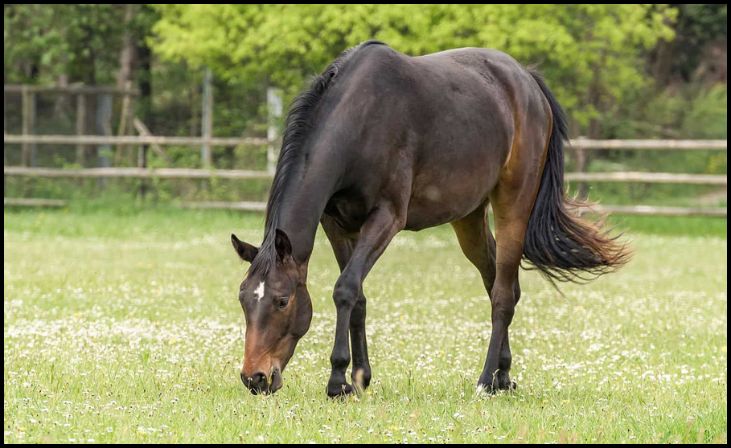
High-quality forage is the cornerstone of a cutting horse’s diet. It provides essential fiber for digestive health and helps maintain a healthy gut environment. When selecting hay or pasture, opt for varieties that are free from mold, dust, and weeds. Look for grass hays like timothy or bermudagrass, or legume hays like alfalfa. Quality forage ensures a steady intake of nutrients and supports overall well-being.3
Also Read – Impact Of Diet And Nutrition On Cutting Horse Performance
Balanced Concentrates:
Concentrate feeds are designed to supplement forage and provide additional nutrients, especially for performance horses like cutting horses. Choose concentrates that are balanced and formulated to meet the specific needs of active horses. Look for feeds with a mix of grains, protein sources, vitamins, and minerals. Ensure the concentrate feed complements the forage provided and adjust feeding amounts based on the horse’s workload and individual requirements.
Protein:
Protein is essential for muscle development, repair, and overall performance in cutting horses. Aim for a concentrate feed with a protein content of around 12-14%. However, individual protein requirements may vary based on factors such as age, workload, and stage of training. Ensure the protein sources in the diet are high-quality and easily digestible, such as soybean meal or alfalfa.
Essential Fatty Acids:
Essential fatty acids, such as omega-3 and omega-6, play crucial roles in supporting coat health, joint function, and overall well-being in cutting horses. Sources of these fatty acids include flaxseed, fish oil, and certain vegetable oils. Incorporating these fats into the diet can help maintain healthy skin and coat, reduce inflammation, and support joint mobility, all of which are vital for peak performance.
Electrolytes:
Electrolyte balance is essential for cutting horses, especially during intense training and competition when electrolyte losses through sweat are high. Supplementing with electrolytes helps replenish sodium, potassium, chloride, and other essential minerals lost during exercise. Choose electrolyte supplements designed specifically for horses and provide them according to the manufacturer’s recommendations, especially during hot weather or periods of heavy sweating.
Vitamins and Minerals:
Cutting horses have increased nutrient requirements due to their activity level. Ensure their diet is supplemented with essential vitamins and minerals to support overall health and performance. Key nutrients to focus on include vitamin E, which acts as an antioxidant and supports muscle function, selenium, which is important for immune function and muscle health, and calcium, which is essential for bone strength and muscle contraction.
Hydration:
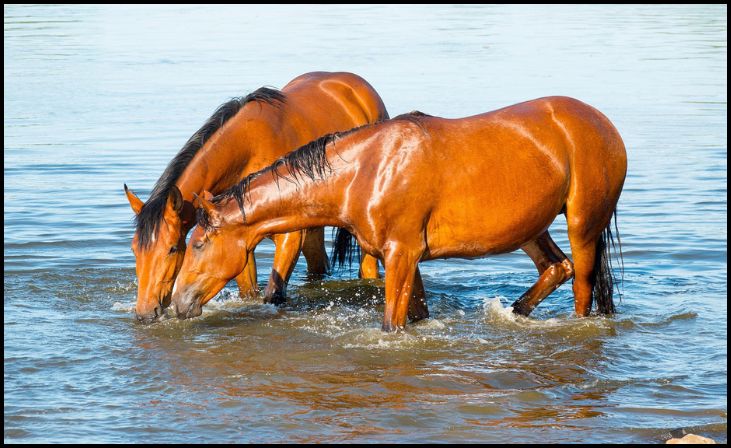
Adequate hydration is critical for cutting horses to maintain performance and prevent dehydration, especially during intense training and competition. Ensure horses have access to clean, fresh water at all times, and consider adding electrolytes to encourage drinking, particularly in hot weather or during heavy exercise. Monitoring water intake and urine output can help assess hydration status and prevent dehydration-related issues.
Feeding Schedule:
Establishing a regular feeding schedule is essential for cutting horses to promote efficient digestion and nutrient utilization. Divide the daily ration into several small meals spread throughout the day to mimic the horse’s natural grazing behavior. Avoid feeding large meals immediately before or after exercise to minimize the risk of digestive upset or discomfort. Consistency in feeding times helps maintain digestive health and stable energy levels.
Weight Management:
Monitoring the horse’s body condition regularly is crucial for weight management and overall health. Aim to maintain an ideal body condition score (BCS) of 5-6 on a scale of 1-9, where 1 is emaciated and 9 is obese. Adjust feeding amounts based on changes in workload, body condition, and individual metabolism to prevent excessive weight loss or gain. Consult with a veterinarian or equine nutritionist for personalized guidance on weight management strategies.
Consultation with a Nutritionist or Veterinarian:
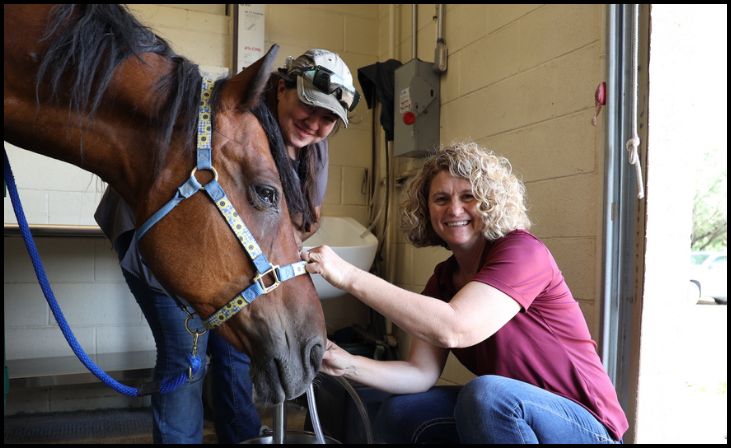
Seeking professional advice from a qualified equine nutritionist or veterinarian is essential for developing a customized diet plan tailored to the specific needs of a cutting horse. These experts can assess the horse’s nutritional requirements, address any dietary deficiencies or imbalances, and provide recommendations for optimizing performance and overall well-being. Regular monitoring and adjustment of the diet plan based on changes in the horse’s condition, workload, or health status are also essential for long-term success.
Conclusion
In conclusion, the performance of cutting horses hinges greatly on their diet. By meticulously balancing energy sources, protein, vitamins, minerals, and hydration, owners and trainers can optimize their horses’ performance and well-being. Regular monitoring and adjustments ensure that the dietary regimen remains tailored to the individual horse’s needs. With proper nutrition, cutting horses are better equipped to exhibit the agility, speed, and precision required to excel in the demanding sport of cutting, ultimately enhancing their chances of success in the arena.
FAQs
What is the best type of forage for cutting horses?
High-quality grass hay or a combination of grass and legume hay is typically recommended. Pasture grazing can also be beneficial, but it’s essential to manage grazing to avoid overconsumption of sugars.
How much concentrate should be included in a cutting horse’s diet?
The amount of concentrate will vary depending on factors such as the horse’s weight, workload, and individual metabolism. A balanced commercial feed or customized supplement may be appropriate to meet specific nutritional needs.



